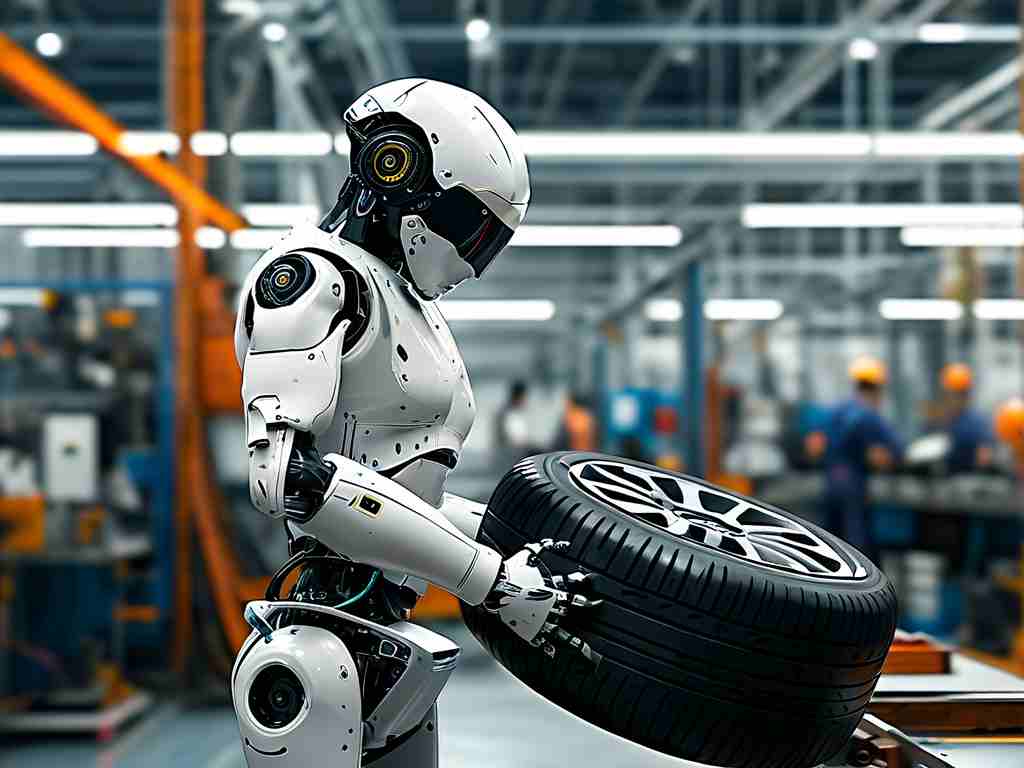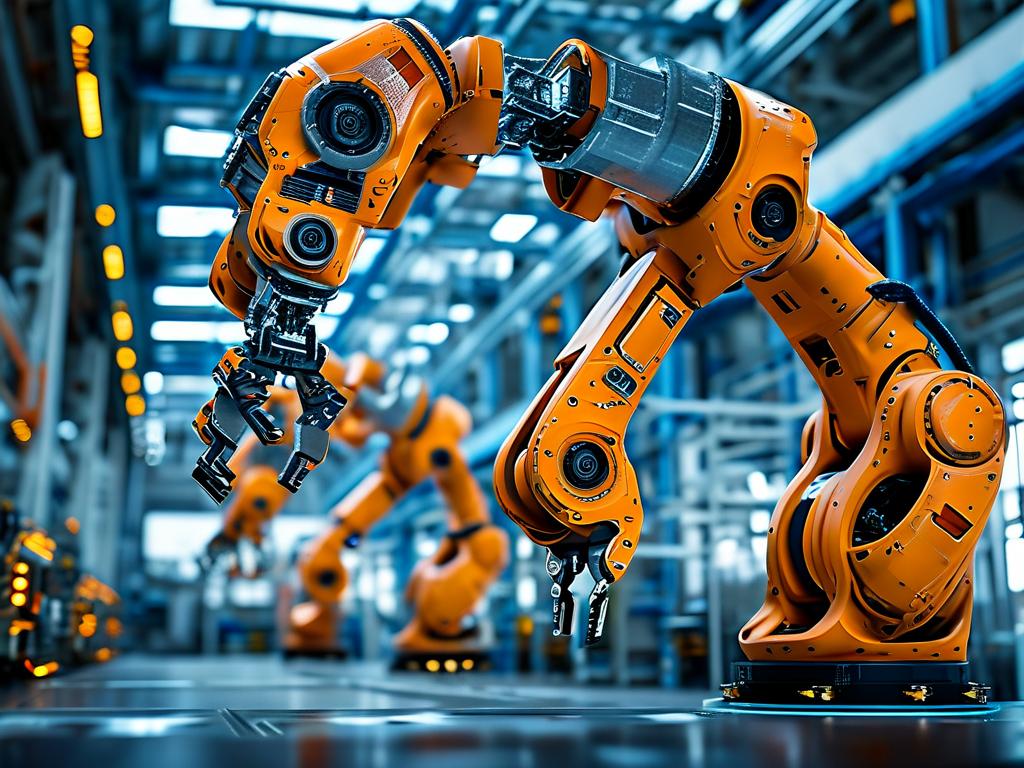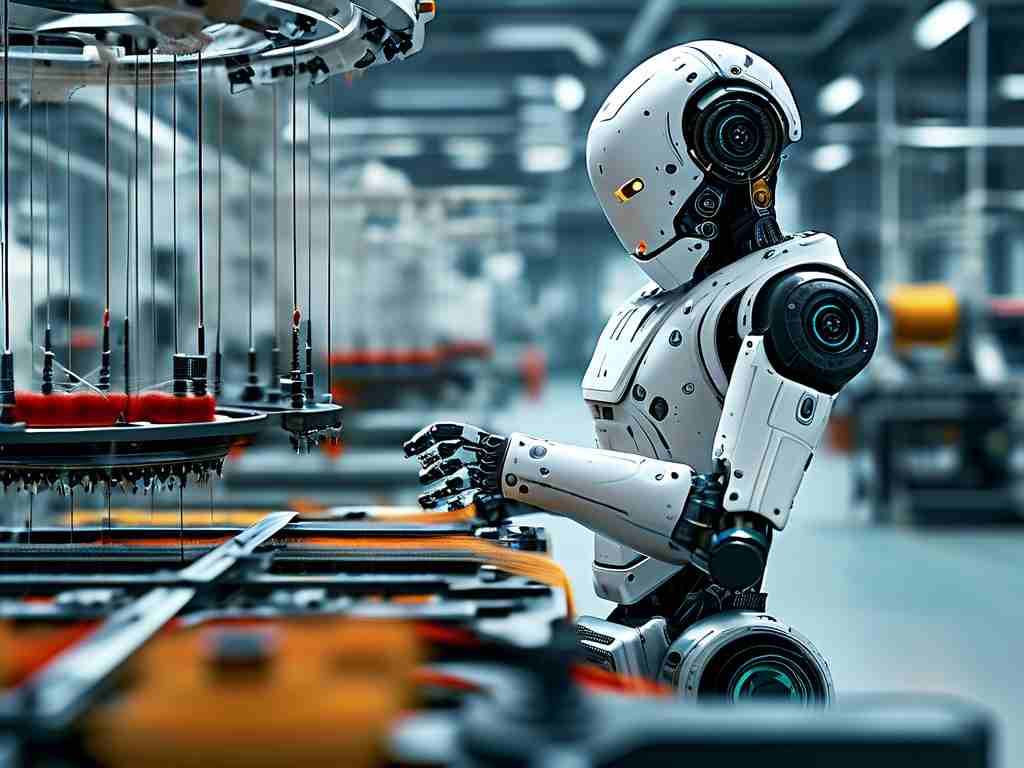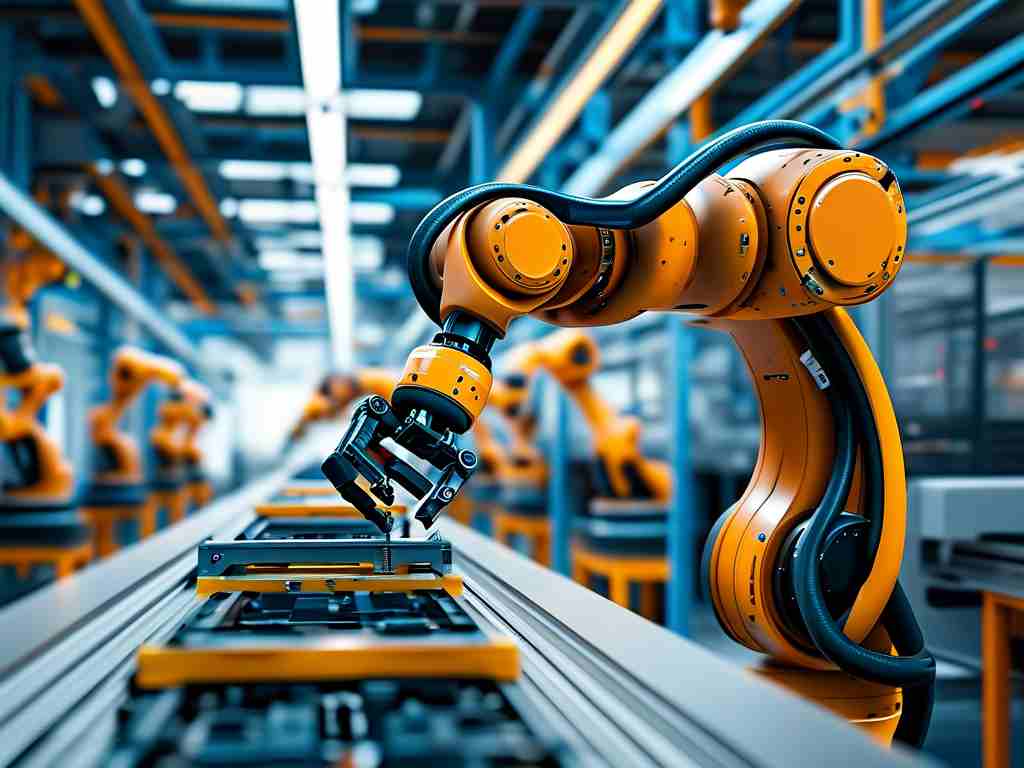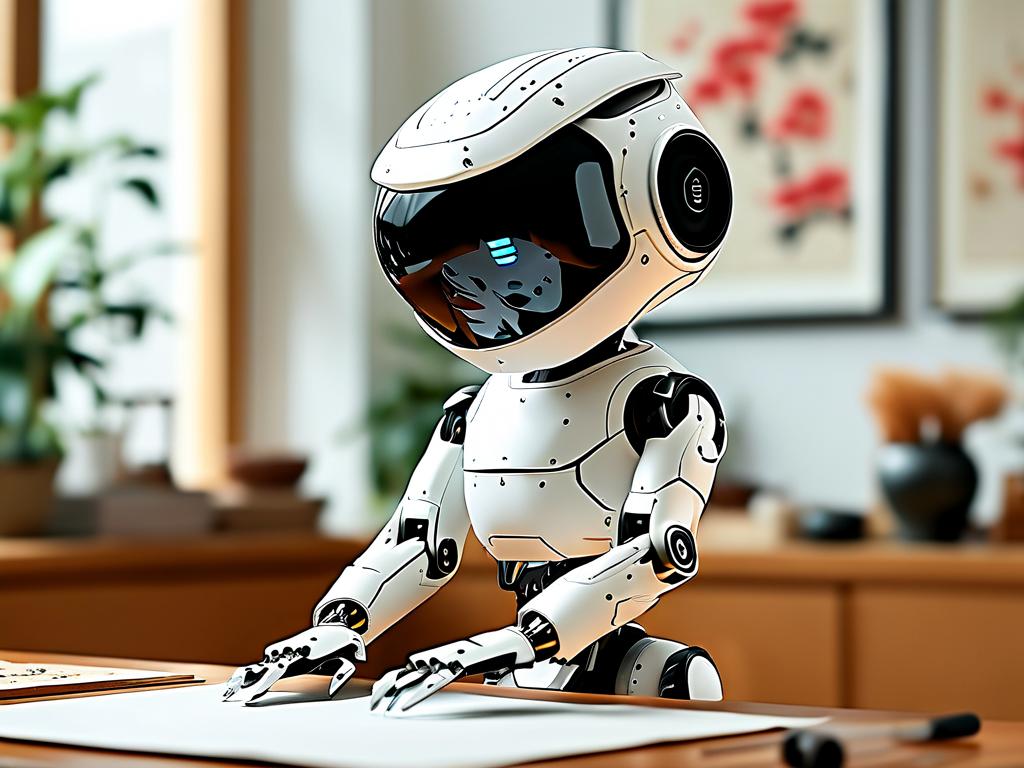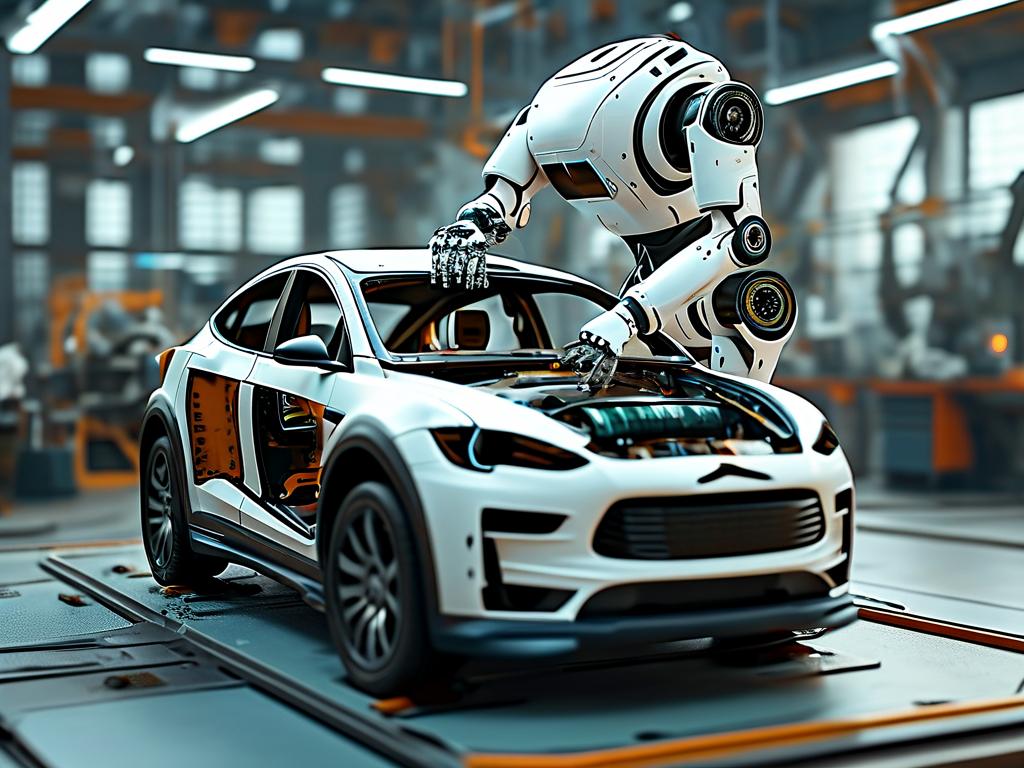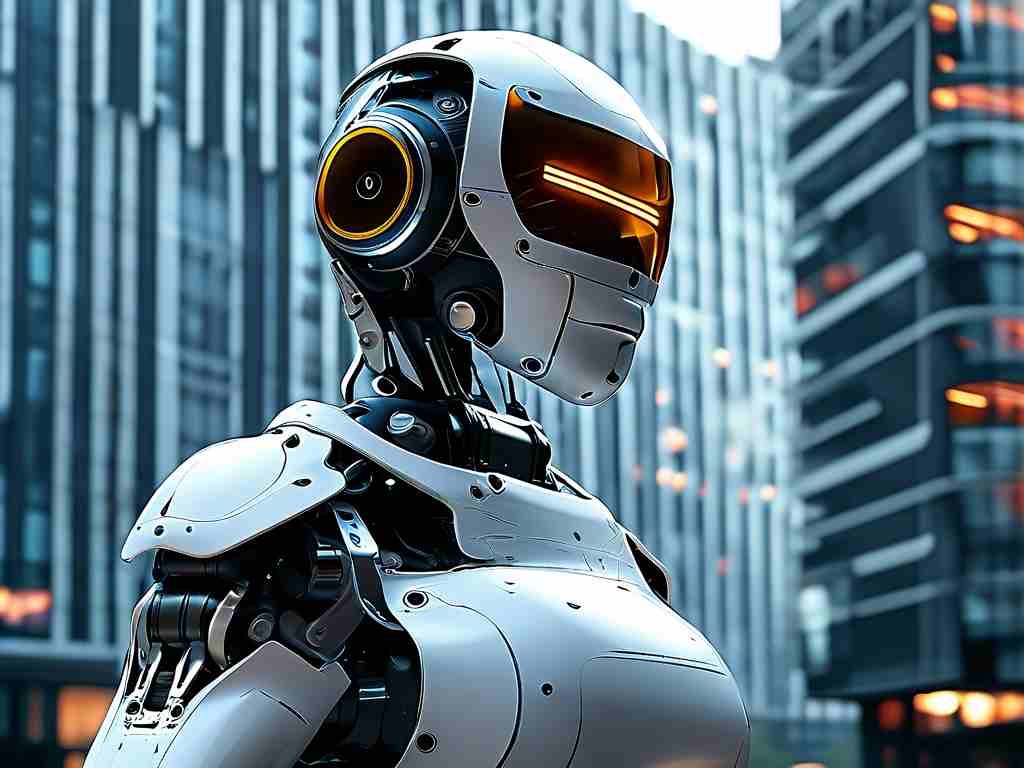The evolution of robotic gripper technology has redefined precision handling in industrial automation. As the "hands" of robotic systems, these devices combine mechanical engineering, material science, and advanced control algorithms to perform tasks ranging from delicate object manipulation to heavy-duty material handling. This article explores the core mechanisms, emerging trends, and real-world implementations shaping this field.
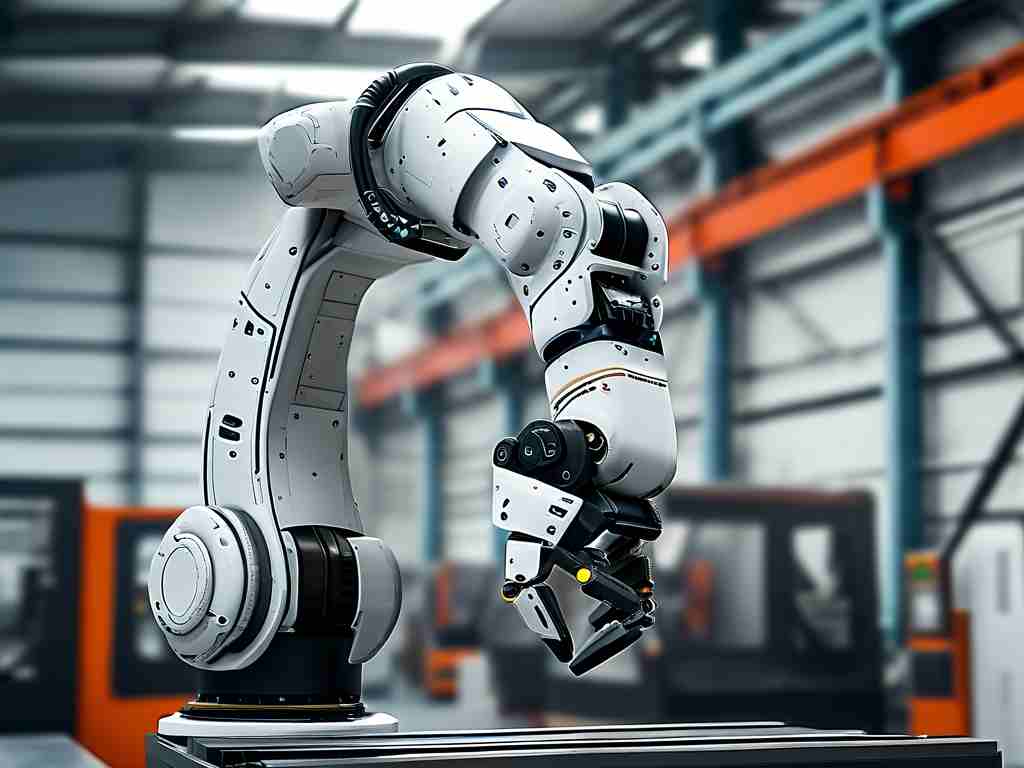
Core Mechanisms and Design Principles
Modern robotic grippers rely on three foundational components: actuation systems, sensor integration, and adaptive control frameworks. Pneumatic and electric actuators dominate the market, with electric variants gaining traction due to their programmability and energy efficiency. For instance, servo-driven grippers enable millimeter-level positioning accuracy, critical for electronics assembly lines.
Sensor fusion techniques have elevated gripper responsiveness. Force-torque sensors paired with vision systems allow real-time adjustments during grasping operations. A notable example is the integration of tactile sensors mimicking human fingertips, which detect surface texture and pressure distribution to prevent slippage. Researchers at MIT recently demonstrated a silicone-based sensor array capable of identifying material types through surface vibration analysis.
Material Innovation
The shift toward composite materials addresses durability and weight constraints. Carbon-fiber reinforced polymers (CFRP) now replace traditional aluminum alloys in high-cycle applications, reducing maintenance intervals by 40% in automotive welding stations. Meanwhile, food-grade silicone coatings have become standard in packaging lines, complying with FDA regulations while maintaining grip stability on irregular surfaces.
Adaptive Grasping Architectures
Variable geometry grippers represent a breakthrough in handling diverse object shapes. Festo's Adaptive Gripper WH3, featuring modular finger units, can reconfigure its structure within 0.5 seconds to accommodate items from semiconductor wafers to engine components. This flexibility reduces production line changeover time by up to 70%, as evidenced by BMW's engine assembly plant in Munich.
AI-Driven Control Systems
Machine learning algorithms now optimize grip patterns based on object recognition data. A collaborative robot (cobot) equipped with NVIDIA's Isaac platform can classify unknown objects through convolutional neural networks and calculate optimal grasp points in under 200 milliseconds. Such systems achieved 99.2% success rates in Amazon's 2023 robotic picking challenge, outperforming traditional vision-guided systems by 18%.
Industry-Specific Implementations
- Pharmaceuticals: Sterile compliant grippers with anti-static coatings handle blister packs in cleanroom environments. SCHUNK's MPG-plus series incorporates HEPA-filtered airflow to prevent particulate contamination during vaccine vial handling.
- Agriculture: Hydraulic parallel grippers with force-limiting capabilities harvest delicate fruits like strawberries without bruising. John Deere's Agri-Gripper series reduced produce waste by 23% in California's Central Valley farms during 2023 trials.
- Space Exploration: NASA's Mars Sample Return mission utilizes ultrasonic grippers capable of operating in -140°C conditions, designed to collect rock specimens without altering their chemical composition.
Energy Efficiency Advancements
Regenerative braking systems in electric grippers now recover up to 35% of kinetic energy during release motions. ABB's latest IRB 1200 model demonstrates 22% lower power consumption compared to previous generations, achieved through optimized motor control firmware and lightweight harmonic drive mechanisms.
Safety and Compliance
Collaborative grippers integrate multiple safety layers, including ISO/TS 15066-compliant force monitoring and contact detection. The OnRobot RG2-FT model features dual-channel safety circuits that trigger emergency stops within 5ms of detecting human contact, enabling safe human-robot interaction in mixed workspace environments.
Future Outlook
The next generation of grippers will likely incorporate biological inspiration, such as gecko-inspired adhesive surfaces for glass handling and octopus-arm morphing mechanisms. Ongoing DARPA-funded research into programmable matter grippers suggests future systems could dynamically alter their physical properties to handle objects spanning from microchips to industrial turbines.
As industries demand greater flexibility and precision, robotic gripper technology continues to bridge the gap between mechanical automation and intelligent adaptability. From quantum dot manufacturing to deep-sea mining, these devices remain pivotal in translating digital commands into physical actions, cementing their role as essential components in the fourth industrial revolution.


